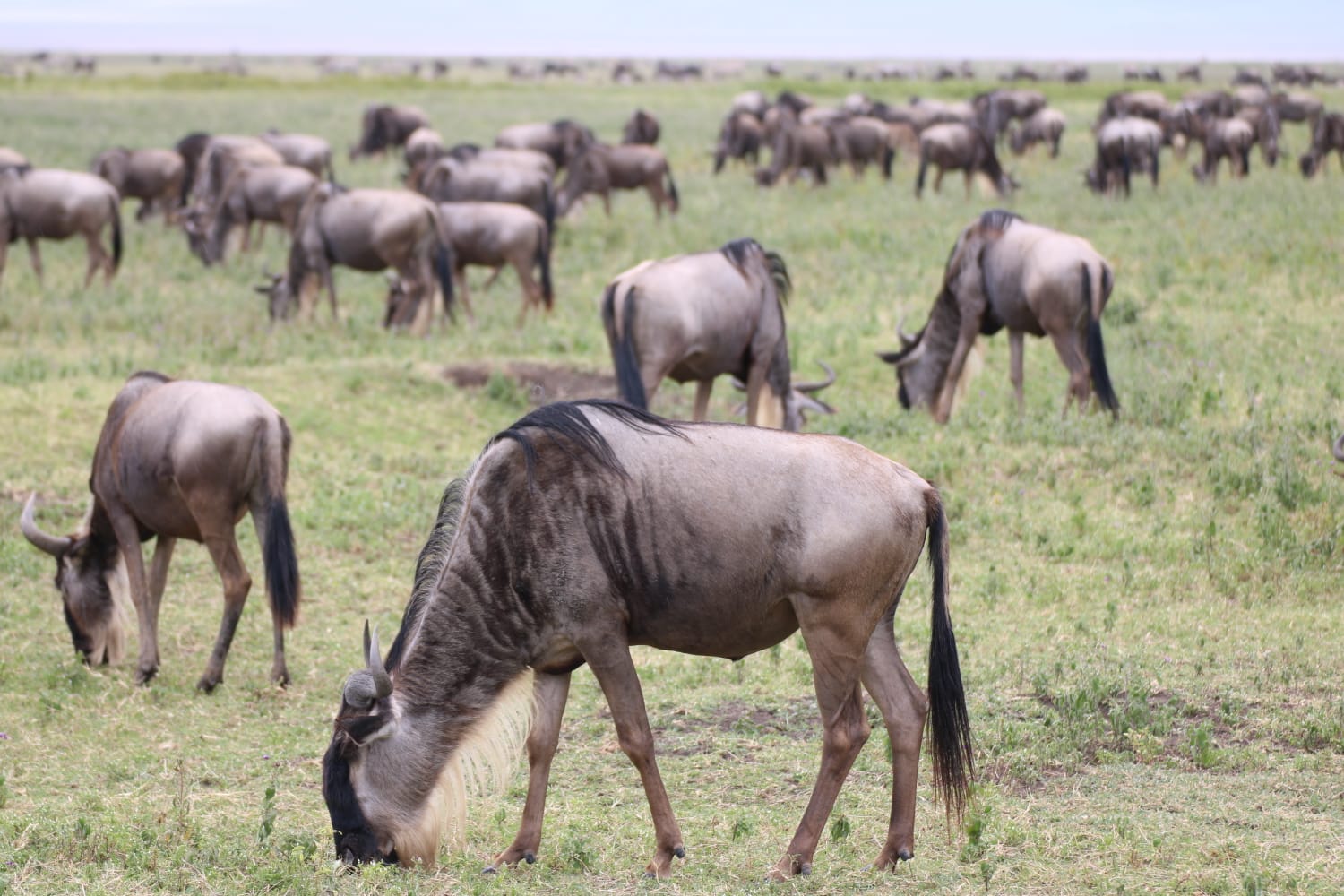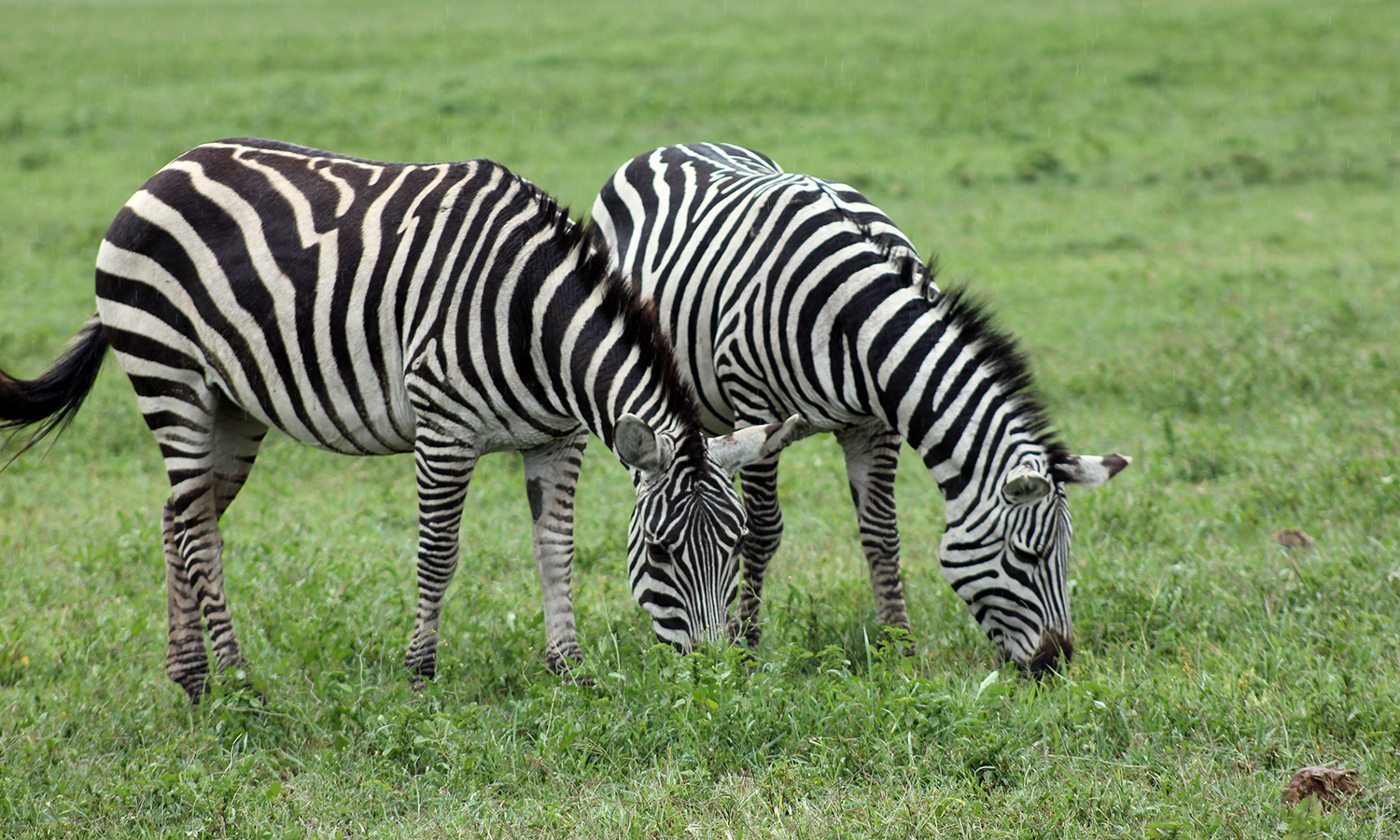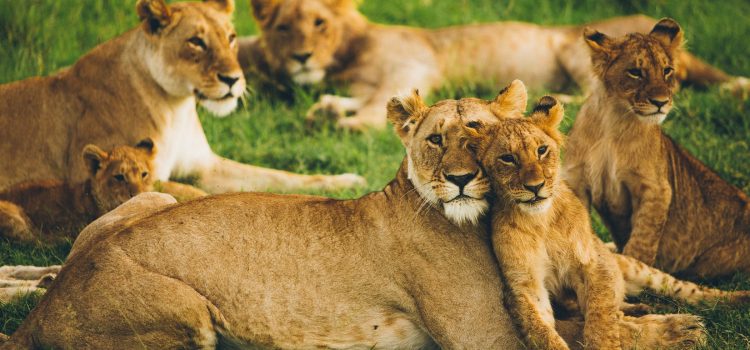The Garden of Eden
“There is no place like the Ngorongoro Crater on earth”
A very bold statement, and one you are most likely to repeat once you are on the crater floor. It’s no surprise that together with the Serengeti, it is one of the most famous safari destinations in Tanzania, if not Africa. We love to include Ngorongoro Crater when planning a safari, but have you ever wondered how it came into existence?
The history of Ngorongoro Crater
Located in the Eastern arm of the Great Rift Valley, the caldera – as it’s correctly called in geographical terms – is part of the world-renown Ngorongoro Conservation Area. A breathtaking gift from mother nature, its formation, and history only add to its beautiful experience.

About three million years ago, a giant volcano collapsed inward after a major eruption. It is believed the towering volcano could have been a similar size to Mount Kilimanjaro, one of the world’s highest mountains. The volcanic activity left behind the present stunningly beautiful and vast, unbroken caldera as its chief remnant. Fun fact: It’s the largest caldera in the world that is not a lake.
They say the devil is in the details. Well, the explosion left us with large numbers. This breathtaking natural wonder is 2,000 ft deep, a floor covering of 260 sq km, and a crater rim made up mostly of montane forest and bushland. Over time, life came into the caldera. The crater floor is predominantly open grassland, but with varied landscapes that range from dense mountain forests and woodlands to grasslands, lakes, and swamps. The two main rivers can be found inside the crater; the Munge River in the west, and the Lerai River in the east. There is also a spring, Ngotokitok, that spills into a swamp. At the center is the shallow soda lake, Lake Magadi (not to be confused with Lake Magadi in Kenya).

With such an ample supply of food and water, animals were attracted to it and they have never left. Currently, the Ngorongoro Crater supports over 30,000 animals – It’s a natural enclosure for wildlife. A diverse array of animals including elephants, leopards, buffalo, zebras, warthogs, gnu (wildebeests), Grant’s and Thomson’s gazelles can be seen in abundant numbers. The shallow Lake Magadi is renowned as a habitat for great flocks of pink flamingos. Never a destination to disappoint, the crater has the densest population of lions in the world and one of the best places to see the endangered black rhino.
In this breathtaking setting with an incredible history, you are guaranteed to see large concentrations of game on any Ngorongoro safari. It is no wonder it has earned the accolade of being one of the Seven Natural Wonders of Africa. The Ngorongoro Crater is, therefore, a destination that should be on any safari bucket list, if not a holiday bucket list.
As we like to say at Karibu Africa Safaris – Karibu Ngorongoro Crater (Welcome to Ngorongoro Crater)

